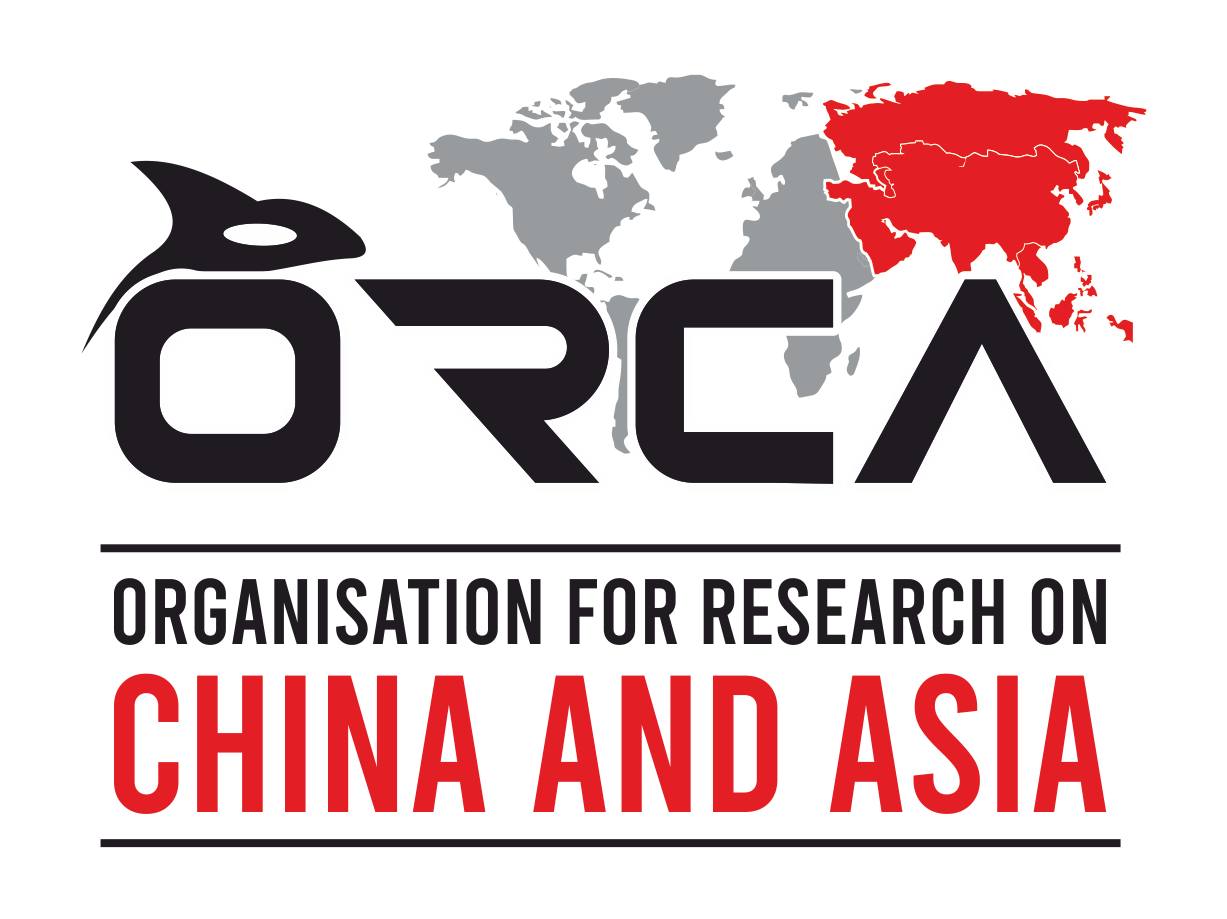*The insights presented here draw from the author’s recent research visit to Nepal.
The nearly 150 trucks hauling goods everyday between Nepal and China at the Rasuwagadhi-Kerung border signalled a cautious renewal of economic engagement between China and Nepal. However, just as trade at one of Nepal’s most important land-border trade points was gathering momentum after a 38-month long unofficial closure of it ended in April 2023, disaster struck. A Glacial Lake Outburst flood on July 8th 2025 in upstream China flooded the Bhotekoshi river, washed away the Nepal-China Friendship bridge at Rasuwagadhi and significantly damaged cross-border trade infrastructure at the overland trading point with China. The unfortunate natural disaster has brought into sharp focus the challenges Kathmandu faces in managing the logistics of China’s growing economic engagement with Nepal.
China-Nepal economic relations are at a decisive stage; China has significantly expanded its commercial footprint in Nepal. At the same time, based on my interactions with academics and the public, there is significant positive sentiment about deepening economic relations with China within the strategic community, and the public. However, beneath the sheen of optimism are anxieties of managing a ballooning trade deficit with China, uncertainty about sustaining overland trade and securing reciprocal access. Additionally, the recent flooding at Rasuwagadhi also indicates that Nepal’s economic relations with an upstream riparian are also complicated by transboundary river water flows. From a broader South Asian perspective too, Nepal is navigating China and India’s competing economic engagement, which complicates a rapidly evolving equilibrium with trade-offs for Kathmandu to consider and navigate.
Resurfacing Nepal-China Trade Asymmetry
Disruptions to China’s trade with Nepal due to COVID-19 seemed to have come to an end, with bilateral trade exceeding pre-pandemic levels — while also revealing a troubling trade deficit. China’s exports to Nepal in 2023-24 reached Rs 298.77 billion, expanding significantly as 14 of 21 border trade points were opened in May 2024. Although a deepening trade relationship with China is seen as a positive, an escalating imbalance in the trade relationship is unmistakeable and has not gone unnoticed. Nepal’s trade deficit with China stands at Rs. 338.47 billion in 2024-25, an increase of 15 % compared to the previous year, a trend Nepal’s Minister for Industry, Commerce and Supply, Damodar Bhandari raised at the 15th meeting of the Nepal Trans-Himalayan Commerce Association.
Furthermore, China’s growing exports are likely to produce adverse deficit-related outcomes after Nepal graduates from the LDC status to a developing country in 2026; China has not made any provisions to grant zero customs facilities for Nepal like other export markets have, which Nepal’s National Trade Integration Strategy argues will have a significant impact on export potential in markets other than India.
China’s In-Roads: Electric Vehicles and Tourism
Digging deeper into Nepal’s import dependence reveals that Beijing is not just making significant inroads into emerging sectors of Nepal’s economy, but more importantly positioning itself as an enabler of future economic development. For instance, electric vehicles (EVs) accounted for 73% of all 4-wheel passenger vehicles and more than half of light commercial vehicles sold in Nepal. Chinese automobile companies have taken the lead to shape this concerted, government-backed push to raise adoption of EVs; they accounted for 76.4% of EV imports in 2023-24 and 53% in 2024-25. Two to three years ago, you would catch only an occasional glimpse of Chinese EVs on the streets of Kathmandu, but now every second or third passenger vehicle in the city is a Chinese EV. Crucially, EVs align well with Nepal’s energy security strategy and ease pressure on the outflow of foreign currency for imports of petroleum and conventional fuels, a key source of dependence on India.
Moreover, with significant hydroelectricity potential to exploit, Nepal is counting on EVs to deliver on aspects of its energy security strategy and meet Nepal’s National Determined Contribution targets set at the Paris agreement on climate change. With Chinese automakers emerging as market leaders in this key South Asian market, China increasingly becomes relevant to Nepal’s economic future. As Nepal makes the transition to EVs, Indian automakers are slowly losing market share to Chinese EVs.
Besides energy security, tourism is another engine of Nepal’s economy where China is re-emerging as a growth driver. Although Chinese tourist numbers are yet to return to their pre-pandemic levels of 14.2% (2019) of all international arrivals, growth in tourists from China has risen from 6% in 2023 to almost 9% in 2024. There are now greater numbers of Chinese tourists and enterprises in the capital city, specifically in its tourism districts like Thamel; a marked contrast to the years just after the pandemic when Chinese restaurants, hotels, casinos and other tourism-related enterprises were shuttered. With Chinese tourists crossing the 100,000 mark in 2024, the projection for the next few years is optimistic, driven partially by Beijing’s declaration of 2025 as “Visit Nepal Year in China”. The return of Chinese tourism is also boosting connectivity and enterprise growth, as companies like Sichuan Airlines and Himalayan Airlines add new routes to Pokhara and other destinations.
With the steady return of Chinese tourists, as well as expanding trade, China’s commercial footprint in Nepal is forcing Kathmandu to search for balance, certainty and sustainability in its economic engagement with China. It will also perhaps move South Asia’s pre-eminent power, India, to compete more selectively to secure its commercial presence in the face of resurgent Chinese economic engagement.
Navigating Challenges
A return to full-fledged economic engagement with China has generated benefits for Kathmandu; mainly, it diversifies trade to alleviate import dependence on India. However, trade with China has taken on a pattern not unlike Nepal’s trade with India; skewed in favour of the larger neighbour. Moreover, trade asymmetry with China is exacerbated by Nepal’s limited export capacity, Sanitary and Phyto-sanitary (SPS) issues and insufficient implementation of agreements relating to Nepal’s export of agricultural products like citrus fruits and buffalo meat. Nepal is also struggling to sustain reciprocal trade on equal terms with China, with businesses complaining that China has heavily restricted Nepali exports at Tatopani since May 2021, and customs officials claiming that China has effectively halted exports.
Nepal’s trade with China is also entwined with uncertainty stemming from transboundary rivers and connectivity infrastructure. The flooding of transboundary rivers is a recurring phenomenon; in 2024 the Bhotekoshi river flooded and resulted in the closure of the Tatopani border trade point, mirroring the disruption caused at Rasuwagadhi in July 2025. Disruptions to trade flows caused by flooding of transboundary rivers and landslides compound existing limitations of poor trade facilitation infrastructure. Greater cooperation and data sharing on transboundary rivers between China and Nepal will become increasingly relevant to mitigate such disruptions and introduce much-needed certainty to Nepal’s trade flows with China.
Furthermore, Nepal’s trade with China appears to suffer from differing priorities; at the latest border security meeting held in Zhangmu, the Nepali delegation appeared to focus on trade-centric issues, while the Chinese delegation preferred to raise concerns about controlling potential criminal activities along the border. Bridging such differing approaches and the underlying interests they represent will be necessary to ensure reliable market access for Nepal’s exports.
Kathmandu is navigating a complex equation in South Asia; pursuing diversification on the economic front and multi-alignment on the diplomatic front. As a result, Nepal’s foreign policy is faced with an unenviable task of ensuring stable diplomatic alignment while securing the economic benefits of engaging equally with India and China.



Author
Rahul Karan Reddy
Rahul Karan Reddy is Senior Research Associate at Organisation for Research on China and Asia (ORCA). He works on domestic Chinese politics and trade, producing data-driven research in the form of reports, dashboards and digital media. He is the author of ‘Islands on the Rocks’, a monograph on the Senkaku/Diaoyu island dispute between China and Japan. He is the creator of the India-China Trade dashboard, the Chinese Provincial Development Indicators dashboard and co-lead for the project ‘Episodes of India-China Exchanges: Modern Bridges and Resonant Connections’. He is co-convenor of ORCA’s annual conference, the Global Conference on New Sinology (GCNS) and co-editor of ORCA’s daily newsletter, Conversations in Chinese Media (CiCM). He was previously a Research Analyst at the Chennai Center for China Studies (C3S), working on China’s foreign policy and domestic politics. His work has been published in The Diplomat, 9 Dash Line, East Asia Forum, ISDP & Tokyo Review, among others. He is also the Director of ORCA Consultancy.